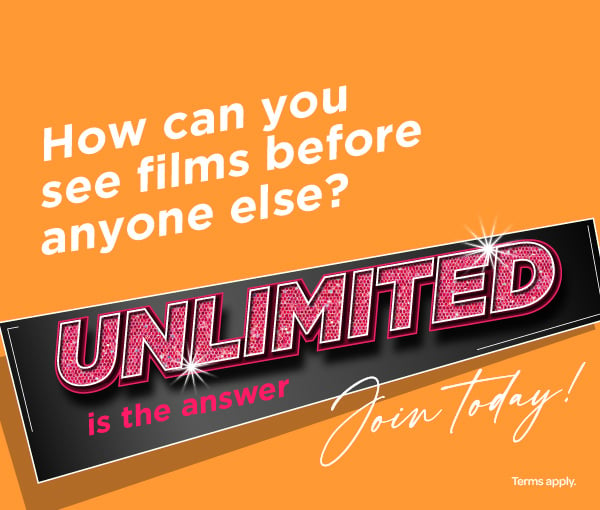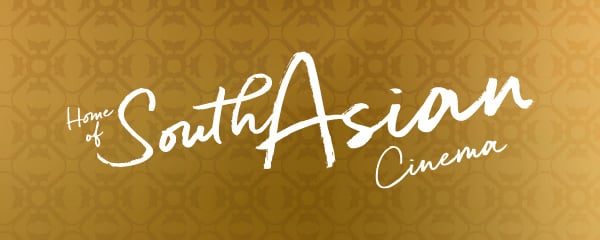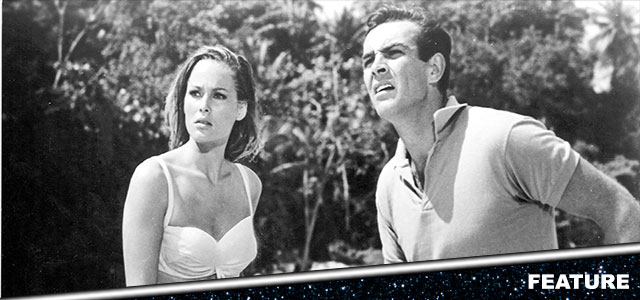
James Bond movie No Time To Die arrives in September, and we're counting down the days by revisiting all the 007 movies in chronological order of release.
In honour of Daniel Craig's swan-song as 007, we're taking a nostalgic trip back through time. This week: we return to where the spy franchise began with 1962's Dr No...
What is the story of Dr No?
British MI6 agent James Bond/007 (Sean Connery) is dispatched to Jamaica by his superior M (Bernard Lee) to investigate the mysterious death of fellow agent Strangways. He soon uncovers a conspiracy involving radioactive material that leads him to secluded Crab Key, said to be inhabited by a dragon that scares the locals away.
With the help of local fisherman Quarrel (John Kitzmiller) and Honey Ryder (Ursula Andress), Bond arrives at the the lair of the mysterious Doctor No (Joseph Wiseman). The diabolical mastermind is planning to bring the world to its knees as part of his work with SPECTRE – standing for 'Special Executive for Counter-Terrorism, Revenge and Extortion'.
It's up to Bond to save the day and stop the ruthless Dr No in his tracks.
How did Dr No get made?
Military veteran and former intelligence agent Ian Fleming couldn't have known that his relatively unassuming literary creation, James Bond, would come to dominate pop culture for the next half a century. The suave yet dangerous MI6 agent embodied the masculine (some would some misogynistic) qualities of his creator: fond of women, fine cuisine and gambling, and highly skilled in the art of espionage.
Dr No is based on Fleming's novel of the same name, first published in 1958. It was, however, the sixth of his books to feature Bond, written in 1957 at Fleming's Jamaican getaway known as Goldeneye. (The first to be published was Casino Royale, treated to a misfiring 1967 spoof and a far more successful action treatment with Daniel Craig in 2006.)
Albert R. 'Cubby' Broccoli and Harry Saltzman formed a long-standing partnership to produce the movie, after the latter secured the rights to Fleming's work. The pair formed a partnership with United Artists, and in the process created two additional companies to get the project off the ground: Danjaq, which was to hold the rights to the films, and Eon Productions, which was to produce them.
Originally, Broccoli and Saltzman sought to bring Thunderball to the screen, but their efforts were stymied thanks to a legal dispute between Fleming and screenwriter Kevin McClory. (Thunderball would eventually reach cinemas under the Broccoli/Saltzman partnership in 1965, before McClory brought his own version, Never Say Never Again, to the screen in 1983.)
Screenwriters Richard Maibaum (who would become a mainstay of the Bond franchise) and Wolf Mankowitz were enlisted to write the screenplay. The latter was employed for helping to broker the deal between Broccoli and Saltzman, although he eventually departed Dr No altogether and left the responsibility entirely to Maibaum, who sought to stick close to the novel. However, Irish screenwriter Johanna Harwood was later enlisted alongside British author Berkley Mather to refine Maibaum's script.
In its final form, Dr No is one of the few Bond movies to stay relatively loyal to its source. That said, many set-pieces were ditched owing to budgetary concerns – this includes Bond's battle with a giant squid, and the change of Dr No's death from being buried under bird guano to being boiled alive in a reactor.
Indeed, it's remarkable to note that the inception of the Bond franchise was produced for so little money. United Artists only agreed to stump up $1 million – an additional $100,000 was later provided by the studio's UK arm to fund the climactic destruction of Dr No's lair.
Producer Ken Adam, whose outlandish and memorable set designs came to define the series, told The Guardian in 2005: "The budget for Dr No was under $1m for the whole picture. My budget was £14,500. I filled three stages at Pinewood full of sets while they were filming in Jamaica. It wasn't a real aquarium in Dr No's apartment. It was a disaster to tell you the truth because we had so little money. We decided to use a rear projection screen and get some stock footage of fish. What we didn't realise was because we didn't have much money the only stock footage they could buy was of goldfish-sized fish, so we had to blow up the size and put a line in the dialogue with Bond talking about the magnification.
"I didn't see any reason why Dr No shouldn't have good taste so we mixed contemporary furniture and antiques. We thought it would be fun for him to have some stolen art so we used Goya's Portrait of the Duke of Wellington, which was still missing at the time. I got hold of a slide from the National Gallery - this was on the Friday, shooting began on the Monday – and I painted a Goya over the weekend. It was pretty good so they used it for publicity purposes but, just like the real one, it got stolen while it was on display."
As for who would play Bond himself, many names were initially on the table. Former bodybuilder and Mr Universe contender Sean Connery eventually clinched the part, beating Fleming's rumoured choice, actor Richard Todd. Up to this point, Connery was best known for odd fantasy movie Darby O'Gill and the Little People, and the casting of an allegedly uncouth Scotsman as the world's slickest secret agent was initially met with much skepticism.
Cubby Broccoli admitted in his autobiography that Roger Moore, who would eventually take on the role in 1973's Live and Let Die, was considered for Dr No. However, he was considered "too young, a shade too pretty". Moore himself refuted this in his own autobiography, My Word is My Bond. Regardless, Connery's attitude is what's said to have clinched him the role, although it's reportedly director Terence Young who helped sculpt the actor's suave and stylish look.
Young himself explained that the sexist and potentially off-putting aspects of Bond's character, namely his treatment of women and the film's violent content, was to be offset by the inclusion of humour.
"A lot of things in this film, the sex and violence and so on, if played straight, a) would be objectionable, and b) we're never gonna go past the censors," he said on the film's DVD commentary, "but the moment you take the mickey out, put the tongue out in the cheek, it seems to disarm."
Interestingly, however, it isn't Connery during the opening gunbarrel, one of the many stylistic elements that would come to define the series. Stuntman Bob Simmons was employed by title designer Maurice Binder, another key creative throughout the movies, to stand in for Connery. (He shot the sequence by putting a pinhole camera inside a .38 gun barrel.) Binder's signature blend of scantily clad women and eye-popping graphics, although less apparent during Dr. No's opening sequence, would come to embody the sexually charged yet volatile nature of 007's character.
The memorably creepy sequence were a tarantula is let loose in Bond's room was largely achieved by Simmons, too. However, the shots of Connery were achieved by putting a plate of glass over the actor, with the spider crawling over the top of it. (In Fleming's book, it was a poisonous millipede that was used to try and kill 007.)
Ursula Andress was cast as Honey Ryder after British star Julie Christie was dismissed for "not being voluptuous enough". British veteran Bernard Lee (who would appear in the series up until his death in 1981) was cast as M for his ability to embody a "prototypical father figure". Dr No also featured the introduction of Lois Maxwell as Moneypenny whose flirting with Bond was to become another staple of the series. (She would make her final appearance in 1985's A View to a Kill, opposite Roger Moore.)
Actor Eunice Gayson had the honour of becoming the first-ever 'Bond girl' with her role of Sylvia Trench, whom Bond romances prior to his excursion to Jamaica. Gayson revealed on the film's DVD commentary that Trench was initially set up to become Bond's girlfriend, although she only made one additional appearance after Dr No, in 1963's From Russia With Love.
Anthony Dawson portrays the treacherous Professor Dent, whom Bond memorably (and notoriously) guns down in cold blood after revealing his true colours. (The character's murder indicated how trangressive the film's violence was back in 1962.) Intriguingly, Dawson would also double for the role of infamous SPECTRE chief Blofeld in the first few Connery Bond movies, although he was dubbed by Eric Pohlmann.
Locations are, of course, another key ingredient in the Bond franchise, and Dr No primarily located itself in Fleming's spiritual home of Jamaica. The film's exotic locales helped it stand out as a particularly striking piece of escapist entertainment – in fact, the combination of Bond's decadent lifestyle and the beautiful locations in which he finds himself have continued to underpin the series right into the 21st century.
Dr No was the point where Pinewood Studios was initiated as Bond's UK home. Adam's inventive set designs were housed here, with most of the location photography taking place in Jamaica (some of which took place mere yards from Fleming's Goldeneye estate).
READ MORE
- No Time To Die and the 6 James Bond movies we never got to see
- 7 actors who could play James Bond after Daniel Craig retires
- Shaken and stirred! Daniel Craig's defining 007 moments
What music is on the Dr No soundtrack?
Music is another key staple of the Bond movies, and was largely defined by the swaggering tone of jazz artist (and eventual Oscar-winner) John Barry. Dr No, however, was composed by Monty Norman, who was also responsible for coming up with the Bond theme itself, one of the most recognisable pieces of music the world over.
Norman composed the theme and Barry arranged it, albeit uncredited. The subject of ownership over said theme resulted in a 2001 lawsuit that found in favour of Norman. Regardless, the piece's mixture of symphonic power with gritty, guitar-led pizazz brilliantly sums up the heroic yet dangerous facets of Bond as a character.
Composer David Arnold, who took over the reins for the first time on 1997's Tomorrow Never Dies, described the theme as "bebop-swing vibe coupled with that vicious, dark, distorted electric guitar, definitely an instrument of rock 'n' roll ... it represented everything about the character you would want: It was cocky, swaggering, confident, dark, dangerous, suggestive, sexy, unstoppable. And [Barry] did it in two minutes".
In light of the orchestral glamour that would come to establish the series under Barry's baton, the score for Dr No is somewhat peculiar. The film doesn't begin with an opening title song (that happened with 1964's Goldfinger), or an orchestral rendition of said song (that was initiated with 1963's From Russia With Love), but instead a vocal arrangement of nursery rhyme 'Three Blind Mice'. (This is associated with the trio of assassins who kill Strangways at the beginning of the movie, and later attempt to kill Bond.)
The film also incorporates Jamaican calypso standard 'Underneath the Mango Tree', although it's not Ursula Andress we hear singing it during Honey Ryder's entrance. Instead, that was dubbed by English actress and singer Diana Coupland.
As a sign of how swiftly Bond had permeated the consciousness, a single of the James Bond Theme entered the UK Singles Chart in 1962, reaching a peak position of number thirteen during an eleven-week spell in the charts.
How was Dr No received?
Released in the UK on 8th October 1962, Dr No was less a movie and more an advent of a cultural phenomenon. Capitalising on the popular success of Fleming's source material, yet adding additional elements of escapist flair, Dr. No went on to gross an impressive $59 million against its meagre $1 million budget. It was the moment where the character of James Bond was forever cemented in the popular consciousness.
An extensive marketing campaign in the lead-up to the movie certainly helped. EA and United Artists cut various merchandising deals including drinks, men's tobacco and cars, with newspapers also being sent a boxset of the Bond books and an accompanying pamphlet describing his character. Already, a cult of personality was being constructed that would endure for the next 50 years.
Both Connery and Young embarked on a UK-wide press tour before the film's premiere was held in Kingston, Jamaica. The world premiere was held in London on 5th October, making its debut in the USA (where the character's success was perhaps less assured) on 8th May 1963.
Although critical reaction was mixed (Time magazine described the character as "blithering" and "silly"), the movie's fiscal success clearly proved it had struck a chord with audiences. In retrospect, Dr No stands up as one of the more gritty and grounded entries in a franchise that became increasingly tongue in cheek with the advancing decades.
Although many of the tropes of the series (the locations, characters, music, gun barrel et al) were established here, the film's lack of gadgets and emphasis on Bond's tenacity give it a kind of plausibility, despite the fact that the story is clearly nonsense. In honour of the film's release, October 5th has become officially been designated James Bond day, and it remains a landmark for how it established one of the biggest film franchises of all time.
What was the next movie in the James Bond series?
From Russia With Love was the next Bond movie, released in 1963.
When is No Time To Die released in the UK?
No Time To Die is released on 30th September. Don't forget to tweet us your favourite James Bond movies @Cineworld.
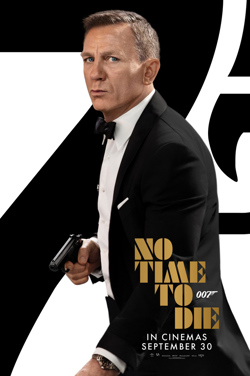
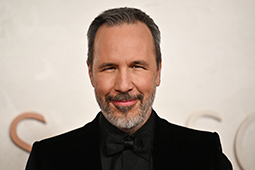

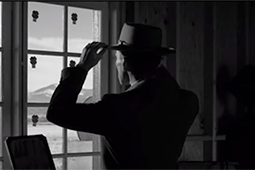
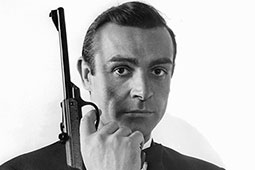
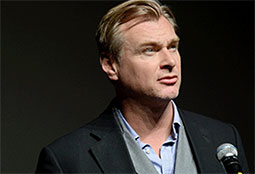


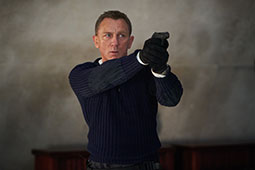
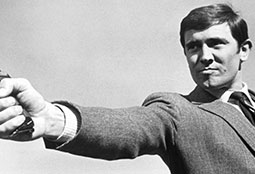
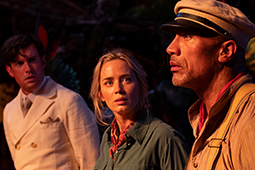
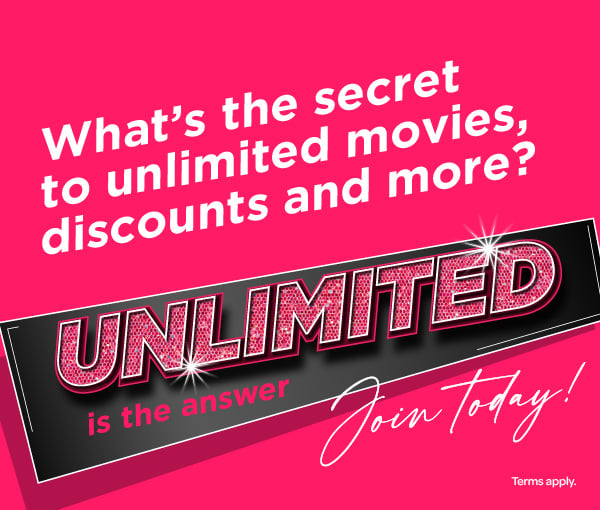
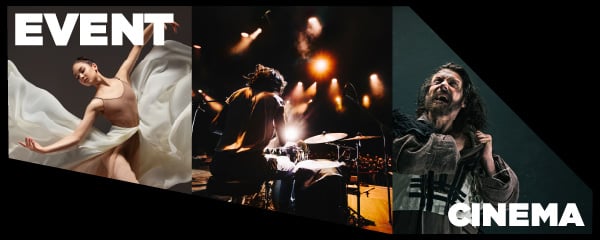
.jpg)
.png)

